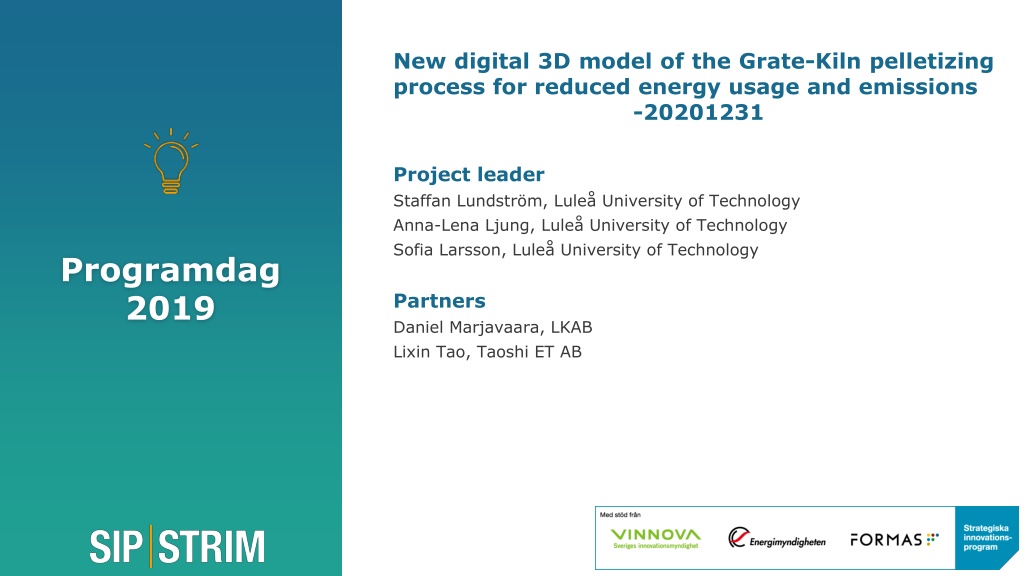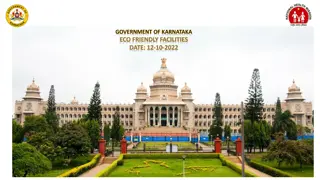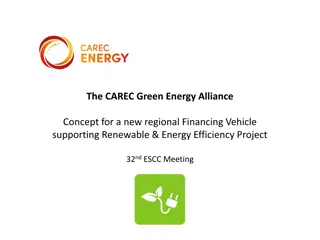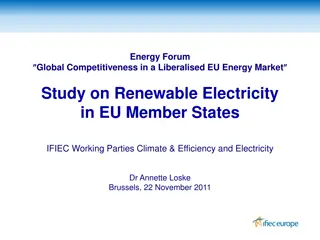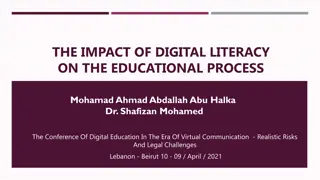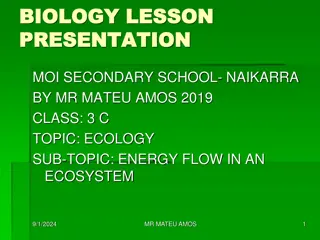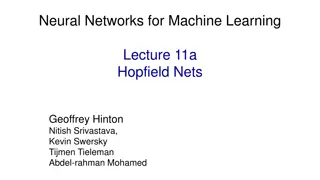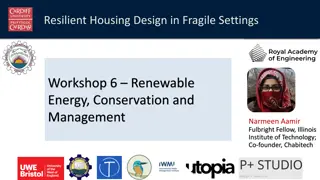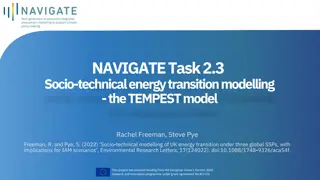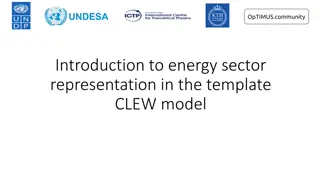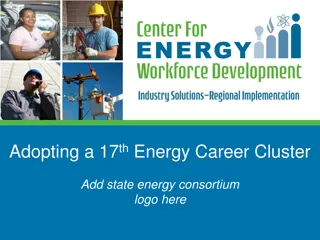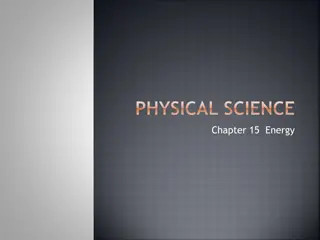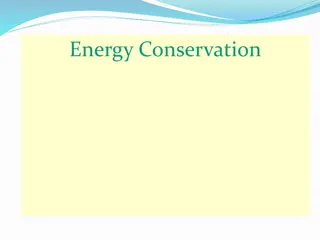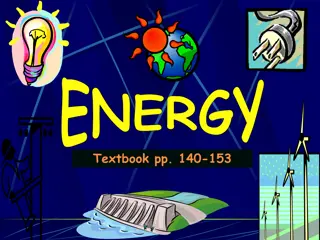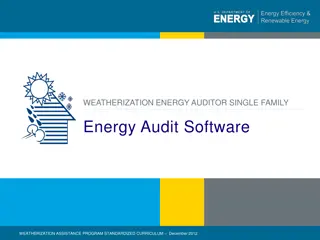New Digital 3D Model for Energy-Efficient Pelletizing Process
Development of a cutting-edge 3D model to optimize rotary kilns, reduce energy consumption, and enhance pellet quality in the pelletizing process. The project aims to improve environmental sustainability by lowering emissions, enhancing energy efficiency, and fostering collaboration between academia and industry. Key objectives include simulation methodology development, understanding fluid mechanical phenomena, and implementing advanced experimental techniques. Initial results involve simulation of flow and combustion, measurements of velocities, and fluid mechanical investigations.
Download Presentation

Please find below an Image/Link to download the presentation.
The content on the website is provided AS IS for your information and personal use only. It may not be sold, licensed, or shared on other websites without obtaining consent from the author. Download presentation by click this link. If you encounter any issues during the download, it is possible that the publisher has removed the file from their server.
E N D
Presentation Transcript
New digital 3D model of the Grate-Kiln pelletizing process for reduced energy usage and emissions -20201231 Project leader Staffan Lundstr m, Lule University of Technology Anna-Lena Ljung, Lule University of Technology Sofia Larsson, Lule University of Technology Programdag 2019 Partners Daniel Marjavaara, LKAB Lixin Tao, Taoshi ET AB
Purpose and goals The main aim is to develop a new digital 3D model that can be used to control and optimize the flow in rotary kilns for reduced energy consumption and environmental impact and increased pellet quality. Additional goals are: A general simulation methodology that can be used on any complex system involving fluid flow. Increased understanding of the pelletizing process regarding at least three fluid mechanical related phenomena. A demonstration of how advanced experimental techniques can be used in harsh industrial environments. Publication of papers in highly ranked journals.
Effects and results Implementation of the model can help reducing the environmental foot print of mining and contribute to sustainability in terms of more optimal use of energy and reduced emissions, as well as, increasing the quality of the pellets produced. The results will also form a firm basis for innovative solutions regarding in-situ flow control, like running simulations in advance, discover malfunctions before they happen and act accordingly to prevent it. The close collaboration between industry and academia ensures relevant research, strengthening the competitiveness of the partners.
WP1: Simulation of flow and combustion in the pilot-scale experimental combustion furnace Simulations have been carried out, validation process is on-going Results will be sent in for publication Results will be tranformed to full-scale simulations
WP2: Measurements of velocities in pilot- scale with advanced measuring techniques Suitable technique chosen, LDV Initial tests in laboratory on-going Initial study on-site week 43-44 Additional experiments in April 2020
WP4: Fluid mechanical investigation for innovative solutions to promote a stable and energy and environmental efficient combustion process mom 3.8, 50/50 mom 0.5, 50/50 40 40 35 35 Concentration 1 Concentration 1 10 10 y [mm] y [mm] 30 30 5 0.5 5 0.5 0 0 0 25 0 25 -60 -40 -20 0 20 40 60 -60 -40 -20 0 20 40 60 x [mm] x [mm] PDF PDF 20 20 15 15 10 10 5 5 0 0 0 0.2 0.4 0.6 0.8 1 0 0.2 0.4 0.6 0.8 1 C/Cclmean C/Cclmean
WP3: Simulation in full-scale geometry, final model! On-going for MK3 with open source code KK4 next with open source code based on knowledge obtained in WP1-WP2, WP4 Publication of results ?
